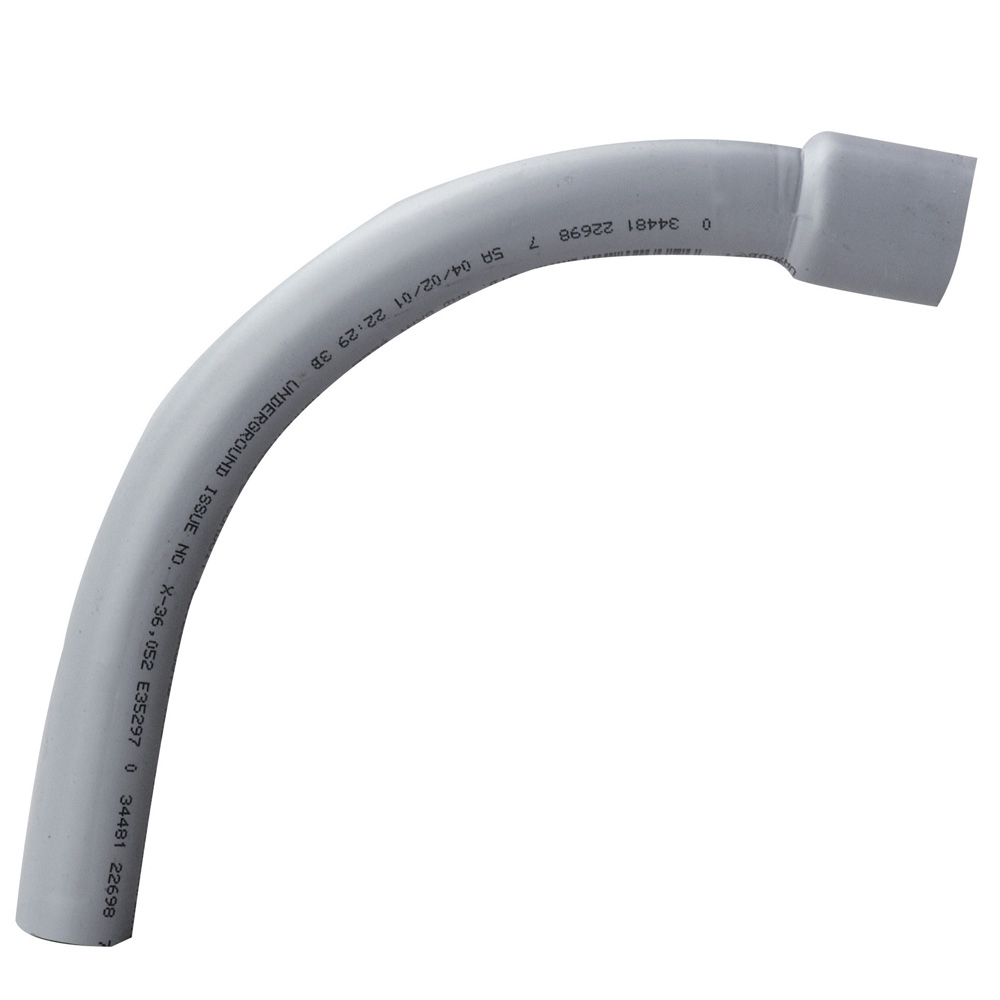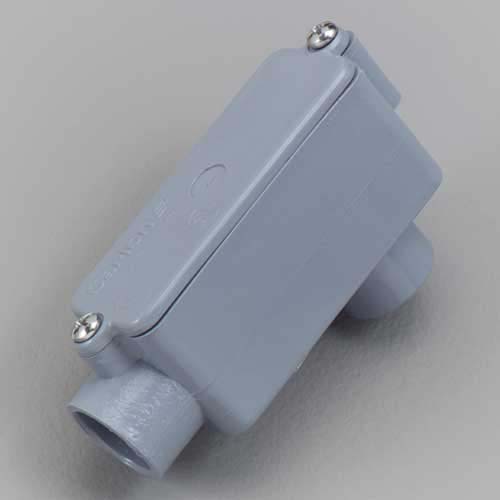I was able to find a few posts regarding cable runs, but I'm still curious if I could get some people to share how they run cable in the ground from a collection of (not roof-top mounted) dishes to their house?
Did you use conduit? What kind? What diameter? Did you use any turnouts, or how do you manage water and pests? Junction boxes? Sand in trench? Etc.
I'm not looking for the best way to do things, I'm looking for the most practical. Anything you would do different? Things to do, things not to do, etc.
I'm about to run cable for three dishes plus future dishes about 100 feet, and I don't want to have to do it again. One concern that I have is that the distance isn't very flat, nor straight, so conduit might be tricky.
Photos of course would be appreciated.
Thanks!
Edit: PS - Can I use the metal pole a satellite is mounted on as ground? Should I ground near the satellite or near the house or both?
Did you use conduit? What kind? What diameter? Did you use any turnouts, or how do you manage water and pests? Junction boxes? Sand in trench? Etc.
I'm not looking for the best way to do things, I'm looking for the most practical. Anything you would do different? Things to do, things not to do, etc.
I'm about to run cable for three dishes plus future dishes about 100 feet, and I don't want to have to do it again. One concern that I have is that the distance isn't very flat, nor straight, so conduit might be tricky.
Photos of course would be appreciated.
Thanks!
Edit: PS - Can I use the metal pole a satellite is mounted on as ground? Should I ground near the satellite or near the house or both?




